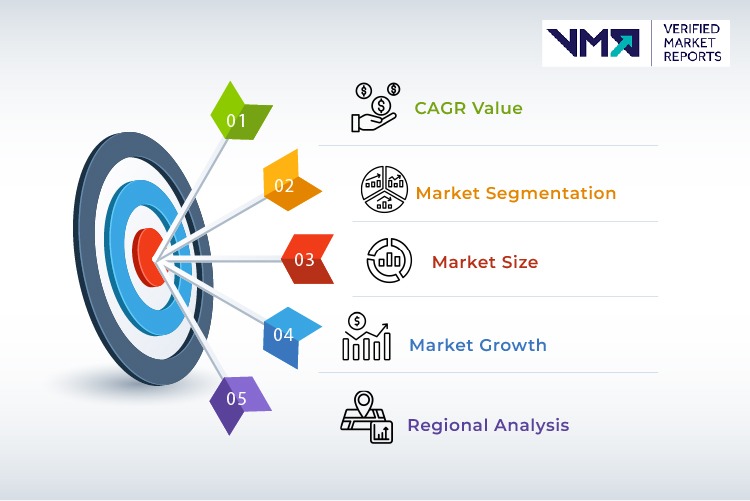2,5-Dimethyl-2,4-Hexadiene Market: Latest Trends and Developments
Introduction
The global 2,5-Dimethyl-2,4-Hexadiene market has shown significant growth over recent years, driven by rising demand for insecticides, ongoing advancements in healthcare, and emerging applications in chemical research. According to market projections, this industry is set to expand at a Compound Annual Growth Rate (CAGR) of 2.5%, with the market size expected to exceed USD 248.1 thousand by 2027. This article delves into the key factors influencing this growth, highlighting the latest trends and developments shaping the future of the market.
Understanding 2,5-Dimethyl-2,4-Hexadiene
2,5-Dimethyl-2,4-Hexadiene is an organic compound with diverse applications across various industries, particularly in the production of low-toxicity insecticides. Its unique properties as an intermediate make it crucial for synthesizing pyrethroid insecticides, which are highly effective and economically advantageous. In addition to its applications in agriculture, this compound is also used in the production of 9-chloroanthracene, which is vital for certain pharmaceutical developments, including cancer treatment research.
Key Drivers of Market Growth
1. Increasing Demand for Low-Toxic Insecticides
One of the primary drivers of the 2,5-Dimethyl-2,4-Hexadiene market is the rising need for low-toxic insecticides in the agricultural sector. As global food demand continues to grow—projected to increase by 50-90% by 2050—the need for efficient pest control solutions becomes more critical. Pyrethroid-based insecticides, synthesized using 2,5-Dimethyl-2,4-Hexadiene, offer an effective and cost-efficient solution to boost crop yields while minimizing environmental harm.
In fact, the insecticide segment is expected to maintain a 60% market share through 2027, with growth driven by expanding agricultural activities in regions like Asia-Pacific, where population growth and urbanization are intensifying the demand for food.
2. Rising Focus on Sustainable Agriculture
There is a growing emphasis on sustainability within the agricultural sector, leading to a demand for low-impact pesticides. Governments across the globe are pushing for the adoption of eco-friendly pest management solutions that reduce chemical residues in crops and water bodies. This trend is particularly prominent in regions like Europe and North America, where environmental regulations are stringent. 2,5-Dimethyl-2,4-Hexadiene plays a pivotal role in the formulation of these low-toxicity insecticides, further propelling its market demand.
Regional Trends
1. Asia-Pacific: Dominating the Market
The Asia-Pacific region holds the largest share of the global 2,5-Dimethyl-2,4-Hexadiene market, accounting for over 45% of demand in 2020. This dominance is attributed to the region’s rapidly growing population, increasing urbanization, and the consequent rise in food consumption. Countries like China and India are particularly noteworthy, as they are major agricultural producers with a high reliance on pesticides to meet food demands.
Moreover, the growing awareness regarding the use of low-toxic insecticides in arable lands has further fueled the demand for 2,5-Dimethyl-2,4-Hexadiene in this region. The need for sustainable pest management solutions in these populous countries is expected to continue driving market growth.
2. North America: A Focus on Healthcare Applications
While Asia-Pacific leads the market in terms of agricultural applications, North America is witnessing significant growth in healthcare and research sectors. The U.S. market, in particular, is driven by a surge in biochemical research and applications of 2,5-Dimethyl-2,4-Hexadiene in the development of cancer biomarkers.
The use of 9-chloroanthracene, derived from 2,5-Dimethyl-2,4-Hexadiene, in pharmaceutical research is gaining attention due to its potential anticancer properties. Studies have shown promising results for its in-vitro anticancer activity against breast, liver, and neuroblastoma cancer cell lines, further boosting its demand in medical research.
Key Challenges
Despite the positive growth trajectory, the 2,5-Dimethyl-2,4-Hexadiene market faces some challenges:
- Stringent Environmental Regulations: The growing focus on reducing chemical use in agriculture has led to tighter regulations on pesticide formulations. While this trend favors low-toxicity insecticides, it also imposes significant R&D costs on manufacturers who need to develop compliant products.
- Fluctuations in Raw Material Prices: The market for 2,5-Dimethyl-2,4-Hexadiene is also susceptible to fluctuations in raw material prices. These changes can impact the profitability of manufacturers, especially those with limited access to raw materials or smaller production capacities.
- Competitive Landscape: The market is moderately fragmented, with a mix of established and emerging players competing to develop more efficient and cost-effective solutions. To stay competitive, companies must invest in research and innovation, which can be resource-intensive.
Future Outlook
Growth Opportunities in Healthcare and Research
As the role of biochemical research expands, there are growing opportunities for 2,5-Dimethyl-2,4-Hexadiene in drug development and cancer research. The compound’s ability to act as a key intermediate in the synthesis of various pharmaceutical products opens new avenues for market players. Additionally, the increasing number of cancer cases globally is expected to drive further demand for this compound in the development of innovative therapies.
Technological Advancements in Chemical Synthesis
Another area of growth lies in advancements in chemical synthesis technologies, which could lower the production costs of 2,5-Dimethyl-2,4-Hexadiene. Improved catalytic processes and sustainable synthesis methods could make production more efficient, helping manufacturers meet growing demand without significantly increasing prices.
Expanding Market in Emerging Economies
Emerging economies in regions like Latin America and Africa present untapped growth opportunities for the 2,5-Dimethyl-2,4-Hexadiene market. As agricultural practices in these regions become more sophisticated, the demand for advanced pest control solutions is expected to rise, further driving market growth.
The 2,5-Dimethyl-2,4-Hexadiene market is poised for steady growth, driven by its essential role in the production of low-toxic insecticides and its expanding applications in healthcare and biochemical research. As global food demand surges and the focus on sustainable agriculture intensifies, the demand for this compound is set to increase significantly in the coming years. Additionally, advancements in pharmaceutical research, particularly in cancer treatment, are expected to open new doors for market players.
However, the industry must navigate challenges such as regulatory pressures and fluctuating raw material prices to maintain profitability. Companies that invest in R&D and embrace new technologies are likely to remain competitive in this evolving landscape.










